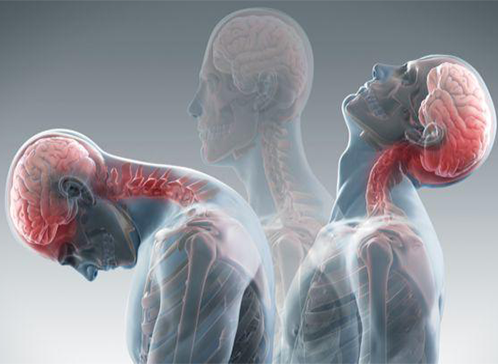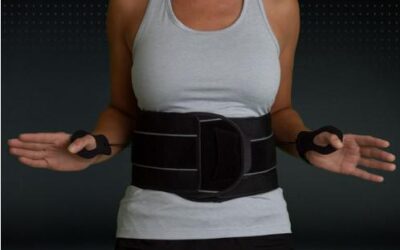Was It Really a “Minor” Accident?
BOOK ONLINE
Many times when consulting with a new patient, he or she leaves the section about previous car accidents blank (meaning that they’ve never had one). The first question we always ask is “Well, if you had been in an accident when would you say that was?” The reason for this is because almost 100% of people have been in some type of “fender-bender”, and it’s the accidents that happened many years ago and likely didn’t cause any damage to the vehicle that we are the most concerned about. Our memory has the ability to forget very quickly; this is a good asset if you’ve suffered a tremendous amount of trauma, but not a good asset when trying to recall every small trauma that your spine has experienced throughout your life.
An estimated 120,000 whiplash injuries occur in the United States every year. Whiplash is an injury to the soft tissues of the neck and is also known as a sprain/strain of the neck. Areas of the cervical spine generally affected are the intervertebral joints, intervertebral discs, ligaments, muscles, and nerve roots. The ligaments sustain the majority of the damage in whiplash injuries. Ligaments are made up of Type I collagen, Type III collagen, and fibroblasts. However, ligaments do not have blood supply so when they get damaged there is no way for them to heal. If ligaments get damaged, the spine is able to move about freely and this can cause the bones to misalign. A majority of the time that ligament damage in the spine is sustained, the neck will not only lose its curve, but literally start to reverse. When a person has a reversed curve in their neck, the degenerative process starts occurring at the speed of light and the spinal cord starts to break down, causing many symptoms with names like ringing in the ears, headaches and migraines, trouble sleeping, sleep apnea, numbness and tingling in the hands, neck or shoulder pain, and dizziness.
There are some important and very grave facts to realize about whiplash injuries. Most injuries to the cervical spine occur at speeds less than 12 miles per hour and pain is experienced beginning at 5 miles per hour. Automobiles are designed to withstand speeds of up to 10 miles per hour without damage. This means that a large majority of whiplash injuries occur with no damage to the vehicle. Most of these injuries occur with a delay in the onset of symptoms. Studies have shown that 60% of people with whiplash injuries need long-term care and up to 10% of victims become completely disabled. It is because of statistics like this that we take even “minor” accidents so seriously.
1. Whiplash Injury. http://www.virtualmedicalcentre.com/diseases.asp?did=498. 2010 July 22.
2. Whiplash Type Injury Statistics. http://ww.truckinfo.net/trucking/whiplash-statistics.htm. 2010 July 22.
3. Ligaments and Tendons. http://wings.buffalo.edu/eng/mae/courses/417-517/Orthopaedic%20Biomechanics/Lectur e%203u.pdf. 2010 July 22.
You Might Also Enjoy...
The How, What, and Why of Trigger Point Injections
How and why trigger points are utilized in the office.
Why do I need a brace?
You can get out of pain faster by using bracing during active care!


